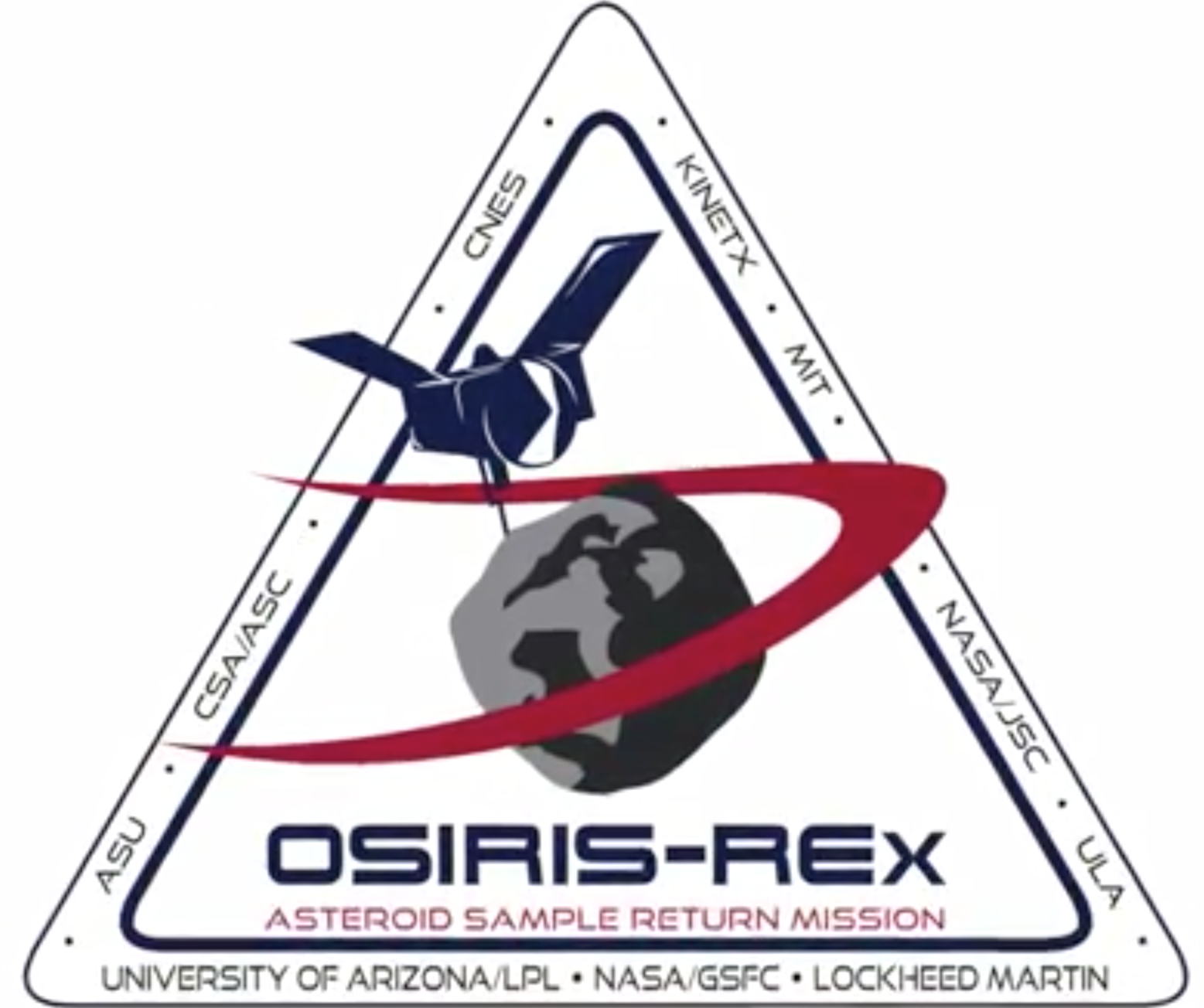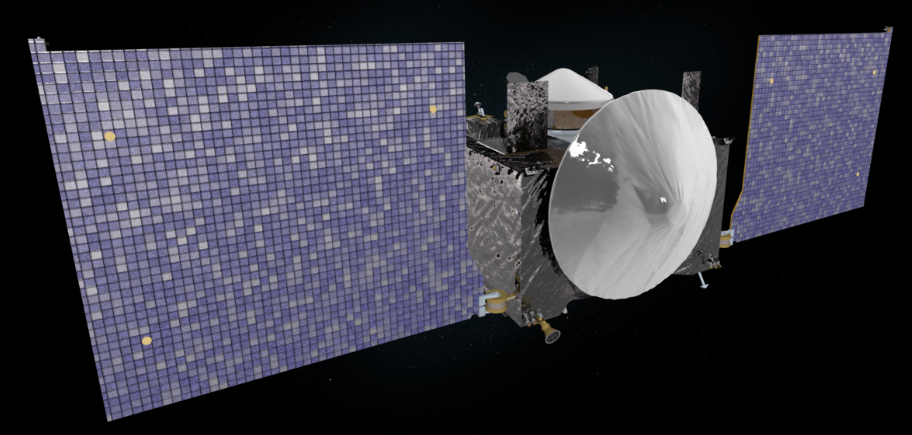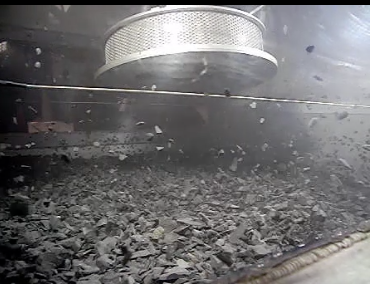
[SatNews] Rotating asteroids have a tough time sticking to their orbits. Their surfaces heat up during the day and cool down at night, giving off radiation that can act as a sort of mini-thruster. This force, called the Yarkovsky effect, can cause rotating asteroids to drift widely over time, making it hard for scientists to predict their long-term risk to Earth.
OSIRIS-REx seeks answers to the questions that are central to the human experience: Where did we come from? What is our destiny? As the leftover debris from the solar system formation process that began over four billion years ago, asteroids can teach us a lot about the history of the Sun and planets. To learn more about the Yarkovsky effect, NASA is sending a spacecraft called OSIRIS-REx to the near-Earth asteroid Bennu. OSIRIS-REx will observe how Bennu’s shape, brightness, and surface features influence the strength of the Yarkovsky effect, helping scientists to better predict Bennu’s orbit over time and pin down its long-term risk.

OSIRIS-REx
We are going to Bennu, a carbonaceous asteroid that records the earliest history of our Solar System. Bennu may contain the molecular precursors to the origin of life and the Earth’s oceans. Bennu is also one of the most potentially hazardous asteroids and it has a relatively high probability of impacting the Earth late in the 22nd century.

Contacting the surface of Bennu for a total of five seconds, the TAGSAM will release a burst of nitrogen gas, causing loose rocks and surface soil to be stirred up and directed into a collector on the sampler head.
OSIRIS-REx will determine Bennu’s physical and chemical properties, which will be critical for future scientists to know when developing an impact mitigation mission. Finally, asteroids like Bennu contain natural resources such as water, organics, and precious metals. Future space exploration and economic development will rely on asteroids for these precious materials. Asteroids may one day fuel the exploration of the Solar System by robotic and manned spacecraft.
The OSIRIS-REx launch window opens on September 3, 2016. The launch period will last for 39 days, with a 30 minute window available each day. OSIRIS-REx will leave Cape Canaveral, Florida on an Atlas V rocket in the 411 configuration. Throughout the 39 days the characteristic energy (C3) is fixed at 29.3km2/s2, for a launch vehicle capability of 1955 kg.
The 411 configuration adds a single strap-on solid booster rocket to the first stage. The Atlas V rocket uses a Russian-built RD-180 engine burning kerosene and liquid oxygen to power its first stage, and an American-built RL10 engine burning liquid hydrogen and liquid oxygen to power its Centaur upper stage. The fairing separates in preparation for the release of the spacecraft from the Centaur upper stage.
Learn more about NASA’s OSIRIS-REx mission to asteroid Bennu: http://www.nasa.gov/osiris-rex Visit the University of Arizona’s OSIRIS-REx website: http://www.asteroidmission.org/ The video is public domain at: http://svs.gsfc.nasa.gov/goto?11964

